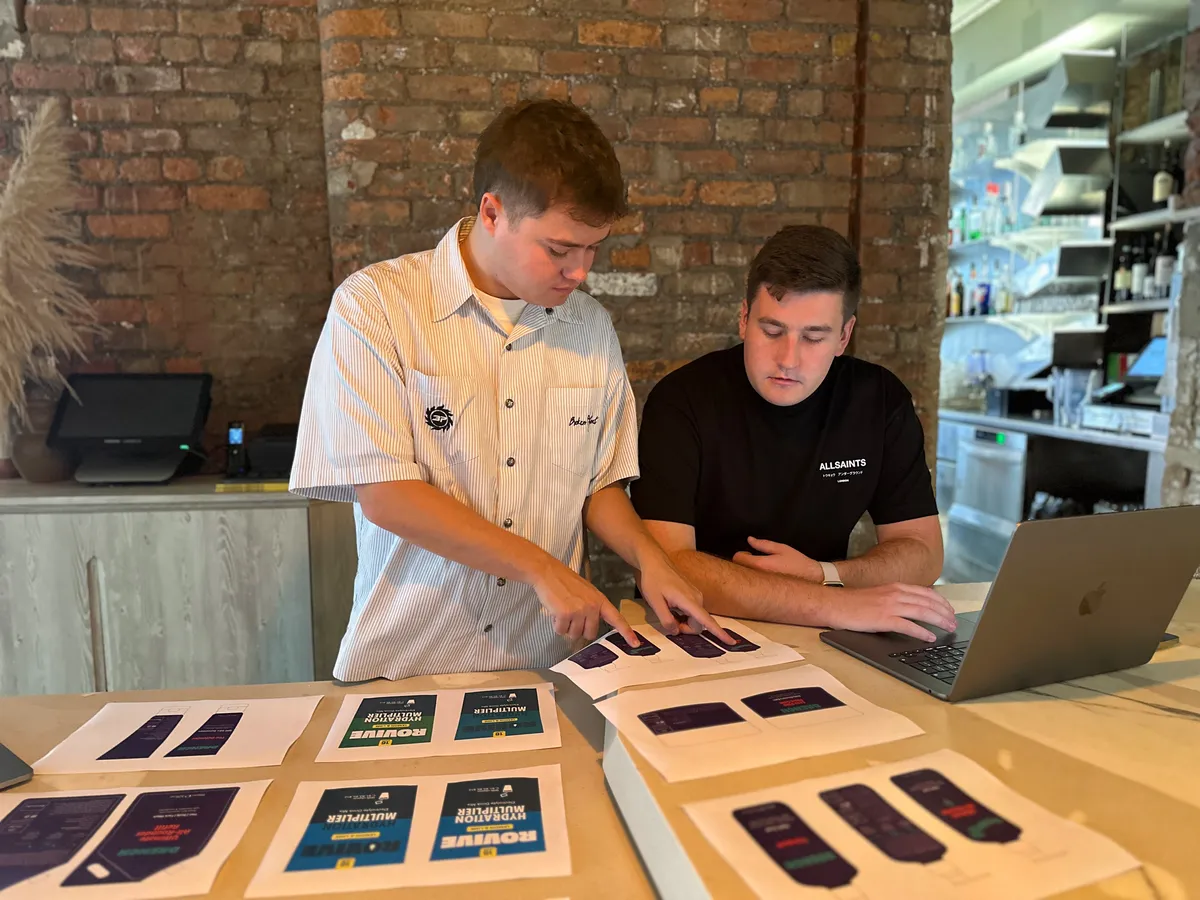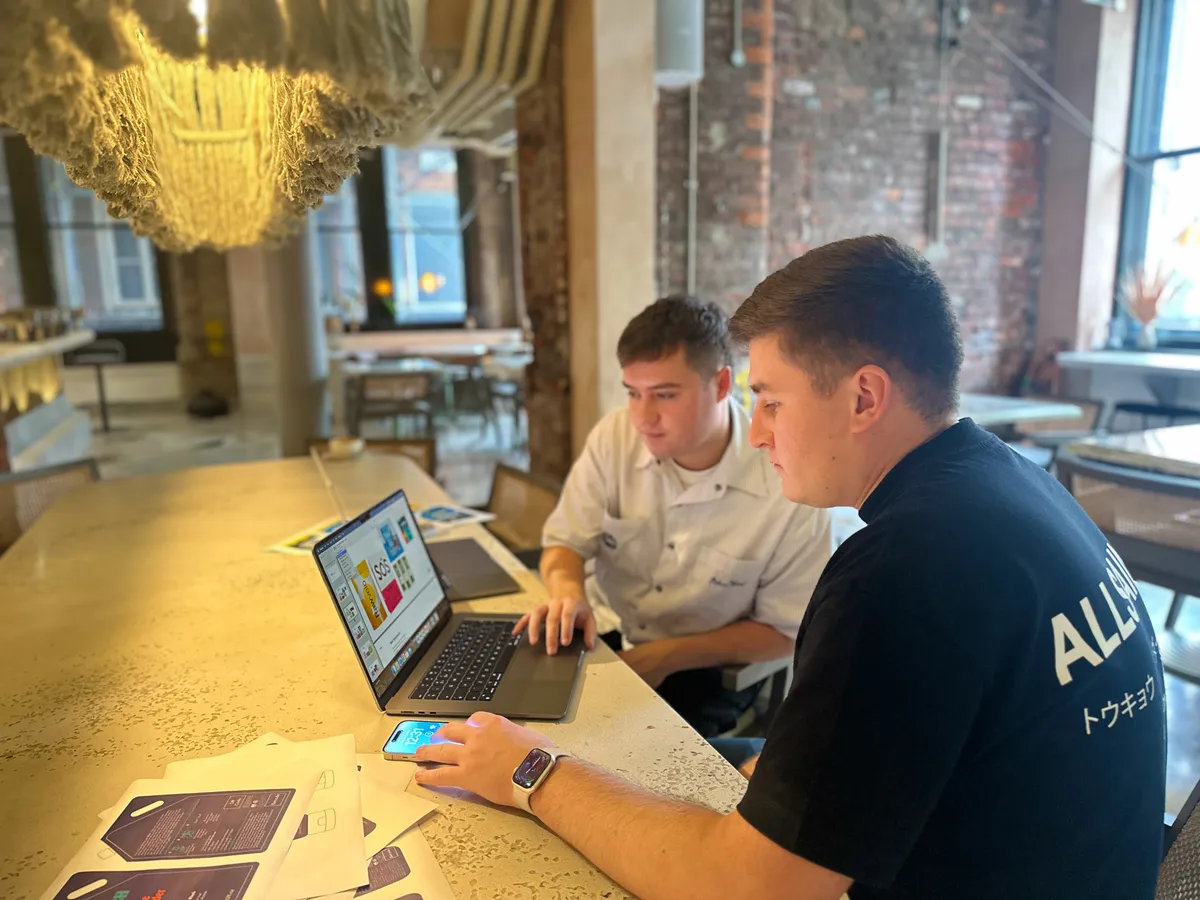
Packaging design is a journey that starts with a blank canvas and ends with a product that jumps off the shelf and into the shopper's cart. Whether you're launching a new product or refreshing an existing one, the packaging design process plays a key role in your product’s success. As packaging designers, we’ve been through it all. In this article, we’ll walk you through the three key stages: brainstorming, prototyping, and finalisation, offering a clear guide to taking your concept from initial idea to production-ready brand design.
The brainstorming phase is where the magic begins. This is the stage where ideas flow freely, and creativity is at its peak. Effective brainstorming lays the foundation for a strong packaging design, setting the stage for everything that follows.
Brainstorming is all about exploring possibilities. At this stage, it's important to gather all relevant stakeholders – designers, marketers, product managers, and even customer service reps – to ensure a diverse range of perspectives. Understanding the product, the target audience, and the brand’s identity is important here. What problem is the product solving? Who is it for? What are the brand’s core values? These questions guide the brainstorming process, ensuring that the ideas generated are aligned with the brand's goals.
Mind mapping and other creative exercises can help spark ideas. The goal is to generate a wide variety of concepts that can be explored further. Inclusivity in these sessions ensures that you’re not just relying on one person’s vision but instead drawing from a well of diverse ideas.
Once the ideas start flowing, it’s time to put pencil to paper. Sketching is a quick and effective way to visualise ideas and explore different design elements like colour schemes, shapes, and materials. Iteration is key here: initial sketches should be rough and subject to change based on feedback from the team. Look at how a simple sketch can turn into a finalised design.
✔️Diverse ideas: Fresh perspectives that challenge the status quo.
✔️Enhanced creativity: Collective energy that can lead to innovative packaging solutions.
✔️Greater alignment on design goals: Everyone’s on the same page from the start.

After brainstorming and sketching, the next step is to bring your ideas to life through prototyping. This stage is all about experimentation, where concepts are tested for both functionality and appeal.
Prototyping serves as a bridge between the abstract ideas generated during brainstorming and the final product. It involves creating both digital and physical models of your packaging design. These prototypes allow you to assess the design’s functionality, inclusivity, aesthetic appeal, and user experience in a tangible way.
Creating Prototypes:
The type of prototype you choose – digital or physical – depends on what you need to test. Digital mockups are great for visualising design concepts, while physical prototypes are essential for testing materials and ergonomics. Tools like 3D modelling software or even simple cardboard mockups can be used to create these prototypes.
Testing Phases:
Once the prototypes are ready, it’s time to test them. User testing provides valuable feedback on how the packaging feels, looks, and functions. Does it protect the product? Is it easy to open? Is it accessible? What’s the unboxing experience like? Does it align with the brand’s image? Based on the feedback, the prototypes are refined to address any issues that arise. It’s also essential to ensure that the prototypes meet both brand and regulatory standards before moving to the next phase

The finalisation stage is where everything comes together. It’s the last hurdle before your design goes into full-scale production, so you’ve got to get this right!
In this stage, the focus shifts from creative exploration to practical execution. The design needs to be refined and aligned with production capabilities and budget constraints. This is also the time to make any final tweaks based on production feedback and to ensure that all design elements are ready for mass production.
This step involves fine-tuning the design. It’s essential to consider the feedback from prototype testing and make any necessary adjustments to ensure that the final design is functional, aesthetically pleasing, and cost-effective. This may involve reviewing material selections, ensuring sustainability, and confirming that the design is ready for large-scale production.
Before the design heads to the production floor, it must receive final approval from all stakeholders. This includes ensuring that the design aligns with production timelines, quality standards, and budget constraints. Once approved, the design is ready to be brought to life in the real world.

Effective packaging design doesn’t happen overnight. The journey from concept to shelf can be a tough one, but it’s well worth the wait. By investing time and effort into thorough brainstorming, careful prototyping, and finalisation, you set the stage for a successful product launch. Each stage of the packaging design process plays a huge role in ensuring that your product not only maximises shelf impact but also speaks to your target audience.
Ready to bring your packaging design to life? Contact Noramble today to get started on your journey from concept to shelf! Check out our work and if you’re happy with what you see – Start a project today.